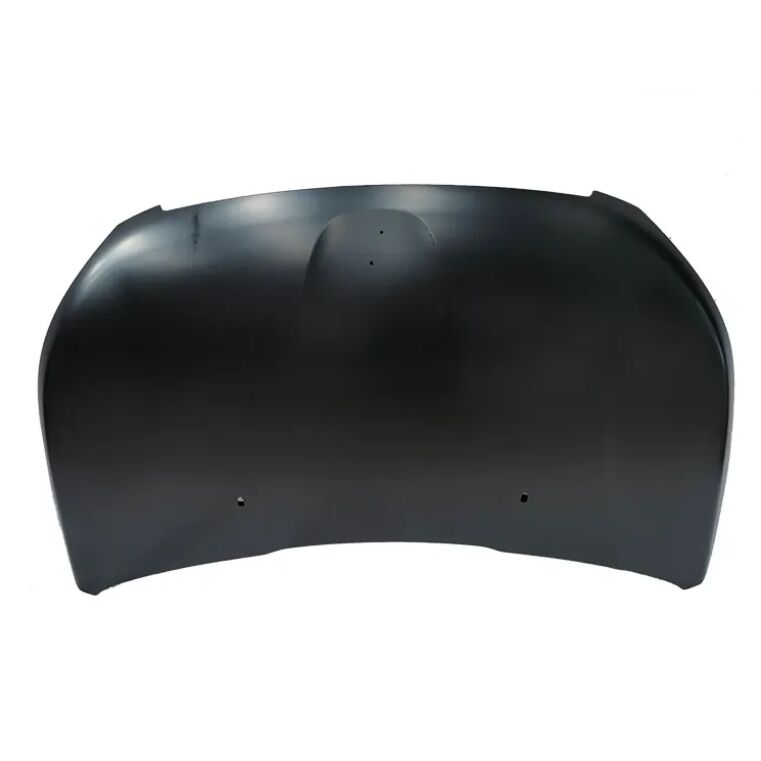Understanding the Impact of Tinted Taillights on Vehicle Safety
Vehicle customization enthusiasts often consider applying smoked taillight film to enhance their car's aesthetic appeal. This modification, while creating a sleek and modern look, raises important safety considerations that every driver should carefully evaluate. The relationship between taillight visibility and road safety becomes particularly crucial when we examine how these aftermarket modifications affect daytime braking scenarios.
Smoked taillight film has gained popularity in the automotive customization community, offering an affordable way to achieve a darker, more aggressive appearance. However, this cosmetic enhancement comes with potential compromises to one of your vehicle's most critical safety features - the ability to effectively communicate braking actions to following drivers.
The Science Behind Taillight Visibility
Light Transmission and Opacity Levels
When smoked taillight film is applied to your vehicle's taillights, it creates an additional layer that light must penetrate before becoming visible to other drivers. The level of light transmission depends on the film's opacity, with darker tints allowing less light to pass through. Most standard taillights are designed to emit a specific intensity of light that meets safety regulations, and any reduction in this output could affect their effectiveness.
Different grades of smoked taillight film can reduce light transmission anywhere from 20% to 80%, with darker tints creating more significant reductions. This variation in light transmission becomes particularly relevant during daytime hours when ambient light can further impact visibility.
Environmental Factors Affecting Visibility
Daytime driving conditions present unique challenges for tinted taillights. Bright sunlight, reflections, and varying weather conditions can all influence how well other drivers perceive your brake lights. The combination of natural light and smoked taillight film can sometimes create a masking effect, potentially reducing the contrast between the regular taillight state and when brakes are applied.
During overcast conditions or when driving through areas with changing light patterns, such as tree-lined streets or tunnels, the visibility of tinted taillights can become even more compromised. These environmental factors must be considered when evaluating the safety implications of taillight modifications.
Legal and Safety Regulations
Federal Safety Standards
The Department of Transportation (DOT) maintains strict guidelines regarding taillight visibility and performance. These regulations specify minimum light output requirements that all vehicles must meet to ensure safe operation on public roads. When smoked taillight film is applied, it becomes crucial to verify that the modified lights still comply with these federal standards.
Many jurisdictions have specific laws addressing aftermarket modifications to vehicle lighting systems. These regulations often include provisions about the minimum visible distance for brake lights and the required light intensity during both day and night conditions.
State-Specific Requirements
Individual states may impose additional restrictions on taillight modifications beyond federal requirements. Some states explicitly prohibit any aftermarket films or covers that reduce taillight visibility, while others may allow certain levels of tinting provided they meet specific criteria. Understanding and complying with local regulations is essential for avoiding potential legal issues and ensuring road safety.
Law enforcement officers may conduct roadside inspections to verify compliance with these regulations, and violations can result in fines or requirements to remove non-compliant modifications. It's important to research and understand your local laws before installing smoked taillight film.
Real-World Performance Analysis
Daytime Braking Response Times
Studies examining driver reaction times have shown that even slight reductions in taillight visibility can impact the response time of following vehicles. When smoked taillight film is applied, the decreased light transmission can extend the time it takes for other drivers to recognize and react to brake applications, particularly during daylight hours when contrast becomes more critical.
The distance required for safe braking increases with higher speeds, making optimal taillight visibility especially important on highways and faster roads. Any delay in brake light recognition can significantly affect overall stopping distances and increase the risk of rear-end collisions.
Comparative Visibility Testing
Professional automotive testing has revealed that vehicles equipped with smoked taillight film show measurable differences in light output compared to stock configurations. These differences become more pronounced under various lighting conditions and viewing angles, potentially affecting the ability of other drivers to accurately judge distances and braking intentions.
Testing also indicates that the impact of smoked taillight film varies depending on the specific product used and installation quality. Professional-grade films applied correctly may have less severe effects on visibility compared to lower-quality alternatives or improper installation.
Alternative Safety Solutions
Modern Safety Technologies
For drivers seeking to enhance their vehicle's appearance without compromising safety, several alternative solutions exist. LED upgrades and sequential lighting systems can provide the desired aesthetic improvement while maintaining or even improving visibility. These modern technologies often offer enhanced brightness and more distinctive lighting patterns that can compensate for any reduction in light transmission.
Advanced brake light systems, including pulsing brake lights or additional high-mount stop lamps, can provide extra safety margins when used in conjunction with moderately tinted taillights. These supplementary systems help ensure that braking intentions remain clearly visible to following traffic.
Professional Installation Considerations
If choosing to proceed with smoked taillight film, professional installation becomes crucial for optimizing both appearance and safety. Experienced installers can recommend appropriate film densities that balance aesthetic desires with safety requirements, ensuring proper application techniques that minimize bubbling or uneven tinting that could further impact visibility.
Regular maintenance and inspection of tinted taillights help identify any degradation or damage that might affect their performance. Professional installers can also provide guidance on cleaning and care procedures to maintain optimal visibility over time.
Frequently Asked Questions
How much does smoked taillight film affect brake light visibility?
The impact varies depending on the film's opacity level, with darker tints potentially reducing light transmission by 20-80%. This reduction becomes most noticeable during daylight hours and can affect other drivers' ability to quickly recognize braking actions.
Is there a safe alternative to achieve a similar aesthetic effect?
Yes, several alternatives exist, including LED upgrades, specialized lighting systems, and professional-grade light smoking techniques that maintain safety standards while achieving the desired appearance. These options often provide better visibility while still delivering the sought-after aesthetic enhancement.
What are the legal implications of installing smoked taillight film?
Legal requirements vary by jurisdiction, but many states have specific regulations regarding taillight modifications. Violations can result in fines, mandatory removal of the film, and potential safety inspection failures. It's essential to check local laws before making any modifications to your vehicle's lighting system.

